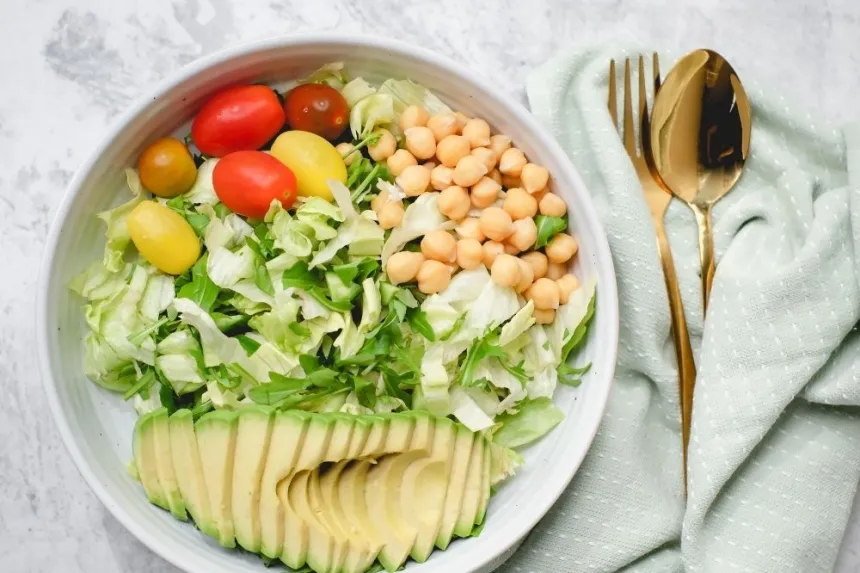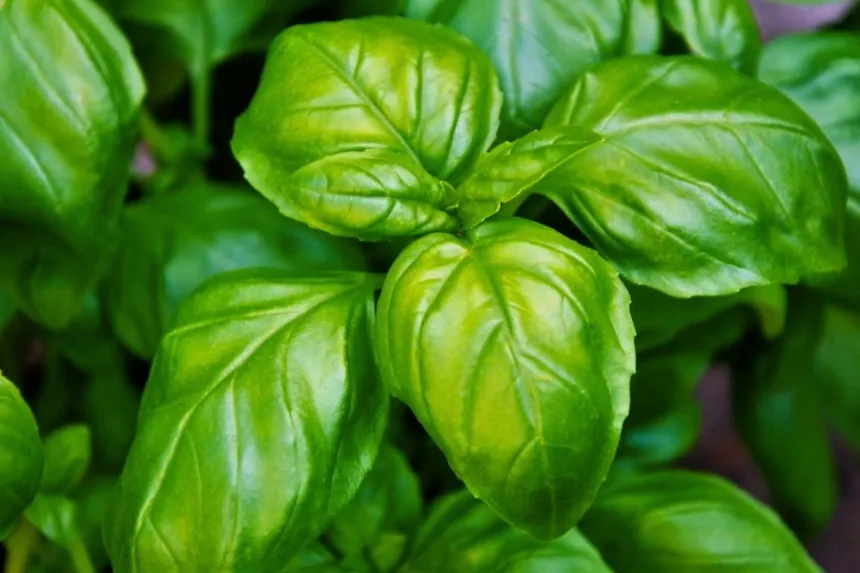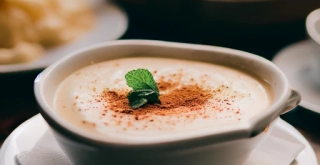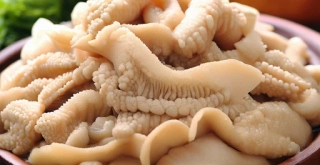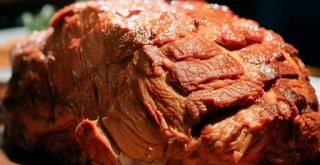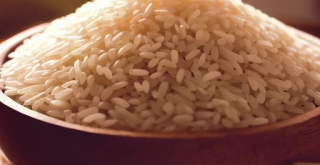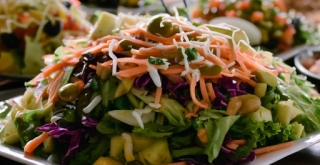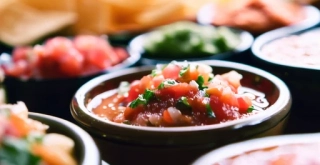Cultural foods for a healthy and balanced diet.
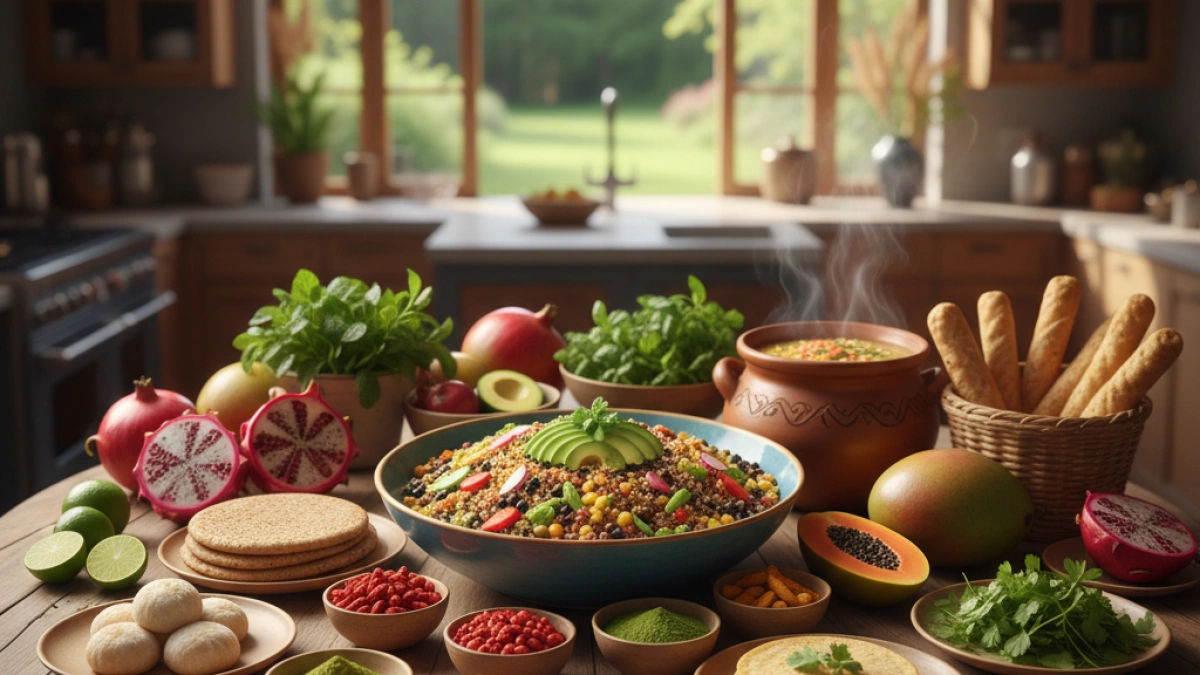
Cultural diversity in food is a fundamental aspect that not only reflects the traditions of each region but also can contribute to a healthy and balanced diet. Through an approach that values the richness of indigenous ingredients, it is possible to enjoy nutritious dishes that benefit our health. In this article, we will explore how cultural foods can be an excellent option to enrich our diet.
The Importance of Cultural Food
Cultural food refers to the use of traditional ingredients and recipes from different communities. This form of food not only promotes the preservation of culinary traditions but also offers a variety of essential nutrients that can enhance our overall health. Many of these foods have been used for generations and have been shown to have significant nutritional benefits.
Benefits of Cultural Foods
Traditional foods from various cultures are often rich in vitamins, minerals, and antioxidants. Many of them are also an excellent source of fiber, which aids digestive health. Including these foods in our diet can contribute to the prevention of chronic diseases, such as diabetes and heart disease.
For example, in Mediterranean cuisine, ingredients such as olive oil, fresh fish, legumes, and vegetables are key elements that provide numerous health benefits. These foods are low in saturated fats and high in healthy fats, promoting better cardiovascular health.
Read also
Variety in the Diet
Incorporating cultural foods allows for dietary diversification and makes meals more interesting. This variety not only enhances the pleasure of eating but also ensures that different nutrients are obtained. By exploring the gastronomy of other cultures, one can discover new ways to prepare and consume foods that may not have been previously considered.
For instance, the use of spices in Indian cooking not only adds flavor but also provides anti-inflammatory and antioxidant properties. Turmeric, ginger, and cumin are just a few of the spices that have been associated with health benefits.
Specific Foods to Include
Some concrete examples of cultural foods that can be added to a healthy diet include:
Read also
-
Whole grains: In many cultures, brown rice, quinoa, or millet are staples in the daily diet. These grains are high in fiber and protein.
-
Legumes: In Latin cuisine, lentils and beans are basic pillars that provide plant-based proteins and are rich in iron.
-
Local fruits and vegetables: Tropical fruits like mango or papaya, as well as seasonal vegetables, add variety and freshness to meals.
-
Fermented foods: In many traditions, such as Japanese, fermented foods like kimchi or miso are used, which benefit gut health.
How to Make the Transition
For those who want to incorporate cultural foods into their diet, it is recommended to start gradually. One can look for recipes that include local and traditional ingredients and even participate in cooking workshops to learn about preparing typical dishes. The key is to experiment and enjoy the process.
Conclusion
Exploring cultural food is not only a way to enrich the diet but also a way to celebrate the diversity and history behind each food. By incorporating these foods into daily life, one can achieve greater physical and mental well-being. Feel free to try new recipes and discover all that cultural gastronomy has to offer!
If you wish to read more news of this kind, I invite you to visit my blog where you will find varied content on healthy eating and well-being. Until next time!
